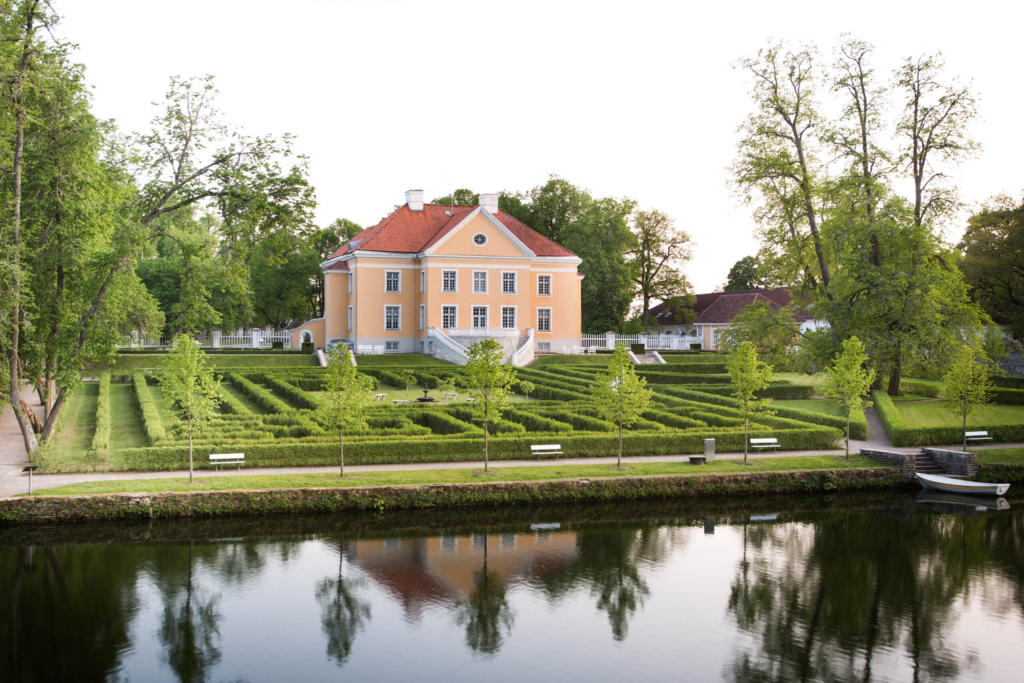English Park

A little further from the cellar begins the wonderful and diverse Palmse Manor Park, where you can forget yourself for the whole day!
The forest became a park
Palmse Forest Park was founded at the end of the 18th century and was one of the most spectacular in all of the Baltics.
However, much of the construction work took place after 1818 when park pavilions and bridges were also built.
Baron Carl Magnus von der Pahlen began to transform the forest away from the manor house into an English-style park, building roads, bridges and pavilions, landscaping and creating waterfalls and cascades.
More than 36 leagues of walkways
Alexander Magnus von der Pahlen’s son Alexander continued to design the English Park, building more and more new roads and pavilions.
The guests of Palmse Manor have remembered how you could always find new sights by walking for hours in the huge forest park.
There were more than 36 leagues (38.4 km) of roads in Palmse Park, the total area is over 210 hectares, of which 58 hectares are landscape parks.
The park consists of several parts with different looks: a regular park, a landscape park and a park forest.
The park as the heritage of the manor family
The park was designed by the family members themselves.
Gardeners and auxiliary workers were used for maintenance, but simpler work was entrusted to children.
On the eastern shore of Lake Oruveski, in the so-called North Shore Forest, the von der Pahlen family had a footpath dedicated to family members.
Next to it were benches with the names of Alexander von der Pahlen’s children – Olga, Betsy, Isabella, Margarethe, Matilde, Aleks, William, Friedrich and (Anna) Katharina.
The footpath was called Nine Children’s Road.
There were other romantically significant roads and bridges in the park – walk through them all!
